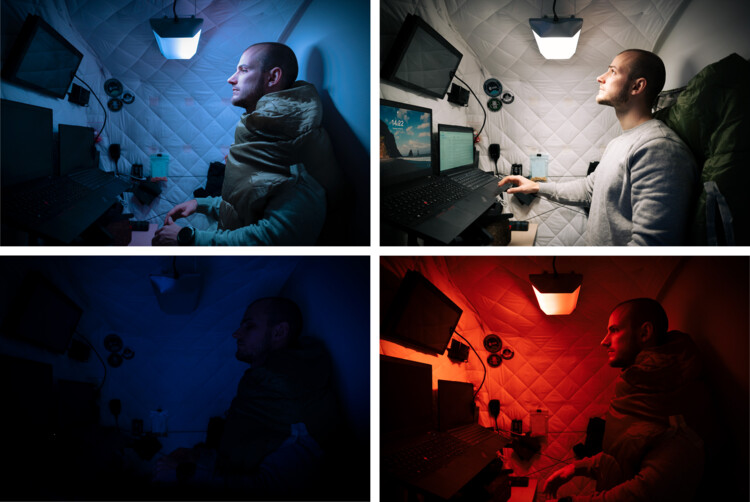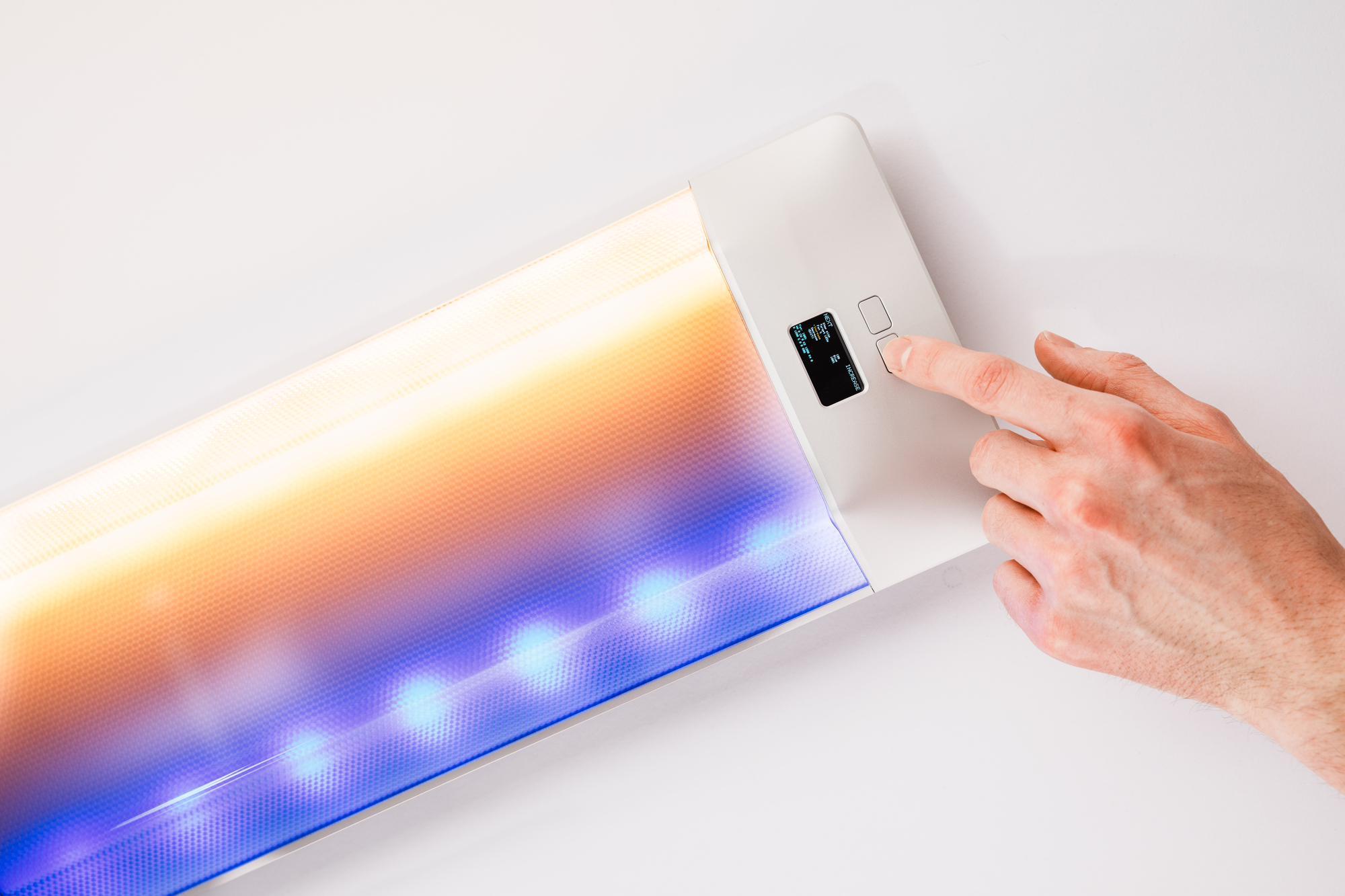Youth Architects Create Better Sleeping Environments In Space And (Perhaps) On Earth
Youth architects create better sleeping environments in space and (perhaps) on Earth. In recent years, the idea of space exploration and colonization has become increasingly popular, with numerous private companies and government agencies investing in developing technologies and strategies to enable long-term human presence in space.
Author:George EvansApr 07, 202322 Shares1.1K Views

Youth architects create better sleeping environments in spaceand (perhaps) on Earth. In recent years, the idea of space exploration and colonization has become increasingly popular, with numerous private companies and government agencies investing in developing technologies and strategies to enable long-term human presence in space.
Youth Architects Create Better Sleeping Environments In Space
One of the most significant challenges of space travel and colonization is ensuring that astronauts and colonizers can get enough restful sleep, which is critical for their physical and mental health.
To address this challenge, a group of young architects has been working on innovative solutions to promote better sleep in space and, eventually, on Earth. Their designs are aimed at creating comfortable and sustainable sleep environments that can support healthy sleep patterns and enhance overall well-being.
One of the most notable projects in this area is the Sleep Suit, developed by architect Alexandra Barker. The Sleep Suit is a wearable sleep environment that combines a comfortable suit with built-in sleep sensors and light and sound controls.
The suit is designed to adjust to the wearer's sleep patterns and preferences, creating a personalized sleep environment that promotes deep, restful sleep.
Another promising project is the Sleep Pod, designed by architecture students Zachary Burns and Sarah Johnson. The Sleep Pod is a small, self-contained sleeping unit that can be used both in space and on Earth.
The pod is designed to provide a comfortable and secure sleep environment, with features like a built-in air filtration system, adjustable lighting, and soundscapes to promote relaxation and reduce stress.
Another innovative design is the Zero Gravity Bed, developed by architecture student Michaela Shaw. The Zero Gravity Bed is a modular sleep system that can be adjusted to support the body in a weightless or low-gravity environment.
The bed is designed to provide a comfortable and supportive sleeping surface while also promoting circulation and reducing the risk of muscle and bone loss associated with extended periods of weightlessness.
These designs are just a few examples of the many innovative solutions being developed by young architects to address the challenge of promoting better sleep in space and on Earth. These solutions reflect a growing awareness of the critical role that sleep plays in overall health and well-being, and the importance of creating sleep environments that can support healthy sleep patterns.
In addition to their potential applications in space exploration and colonization, these designs also have significant implications for the broader field of architecture and design.
As we continue to learn more about the importance of sleep for overall health and well-being, architects and designers will need to incorporate these insights into their designs, creating spaces that can support healthy sleep patterns and enhance overall well-being.
Moreover, these designs also reflect a growing trend towards more sustainable and personalized design solutions. By focusing on creating modular and adaptable sleep environments that can be customized to meet the needs and preferences of individual users, these architects are challenging traditional models of design that prioritize standardization and mass production.
Final Words
Overall, the work of these young architects represents an exciting and promising development in the field of space exploration and colonization, as well as in the broader field of architecture and design. By focusing on promoting better sleep and well-being, they are demonstrating the critical role that design can play in supporting human health and flourishing, both in space and on Earth.

George Evans
Author
George Anderson, an exceptional architectural designer, envisions and brings to life structures that transcend the realm of imagination. With an unwavering passion for design and an innate eye for detail, George seamlessly blends form and function, creating immersive spaces that inspire awe.
Driven by a deep appreciation for the interplay of space, light, and materials, George's innovative approach redefines the possibilities of architectural design. His visionary compositions leave an indelible mark, evoking a sense of wonder and transforming the built environment.
George Anderson's transformative designs and unwavering dedication continue to shape the architectural landscape, pushing the boundaries of what is possible and inspiring generations to come.
Latest Articles
Popular Articles
